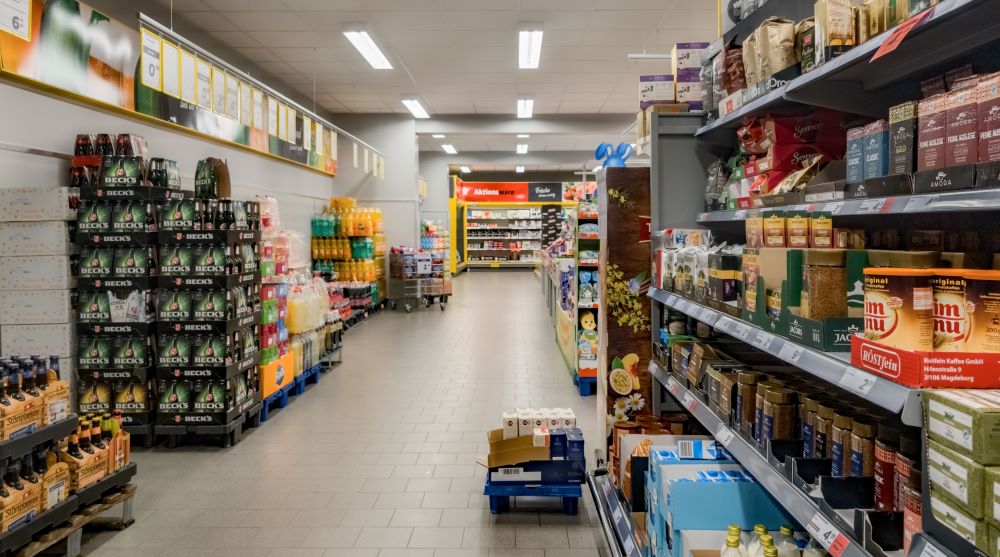In Denmark, political and commercial tension is developing in defense of Greenland. Central to the protest against the Trump Administration is the boycott of American products in response to the persistent demand for the U.S. to acquire the “land of ice.”
More and more Danish consumers are refusing to purchase goods and services from the “land of stars and stripes,” including brands like Tesla, Netflix, and Coca-Cola. The goal is not only an act of economic defiance but also a demonstration of solidarity and protection for the island that is part of the Kingdom.
Supermarkets, including Spar and Salling Group, have introduced prominent labels to highlight locally and European-made goods, officially for better transparency, while apps like “Made O’meter” help shoppers easily identify non-U.S. alternatives.
The protest has also found space on social platforms, with the creation of groups like “Boykot Varer Fra USA,” which has seen supporters grow to nearly 93,000 in less than a month. However, the initiatives go even further: in addition to boycotting brands, the Danes are actively seeking alternatives to avoid fast-food chains and streaming platforms. Consumers are drawing inspiration from campaigns already underway in Canada, where a similar opposition to Republican policies has led to reduced purchases of U.S.-made products.
According to industry experts, Tesla sales in Denmark have dramatically dropped, with a nearly 50% decrease compared to the previous year. The reactions are also visible on vehicles, some of which have been plastered with stickers reading: “I am not a supporter of Elon Musk.”
Beyond the commercial reaction, the economic impact is also significant: according to estimates by Goldman Sachs, one of the leading global investment banks and financial institutions, the boycott could reduce the Kingdom’s GDP by 0.1% to 0.3% in 2025, with losses between 28 and 83 billion dollars, depending on the response to these protest actions.
Trump’s recent statements, along with those of Vice President JD Vance, who suggested to Greenlanders that they would be “better protected by the United States than by Denmark,” have further fueled tensions between the two nations.
In 1814, with the Treaty of Kiel, Greenland officially became a Danish colony, a status it maintained until 1953 when it was integrated as an overseas territory. However, the desire for greater autonomy has never faded among the population. In 1979, a referendum led to the creation of an autonomous government, which in 2009 gained further powers, including control over natural resources and internal policies, while still remaining under Copenhagen’s sovereignty for foreign policy and defense.
Today, the island is economically dependent on Denmark, which provides about a third of its annual budget. However, growing international interest in its natural resources and its strategic position in the Arctic has rekindled the debate on independence.











